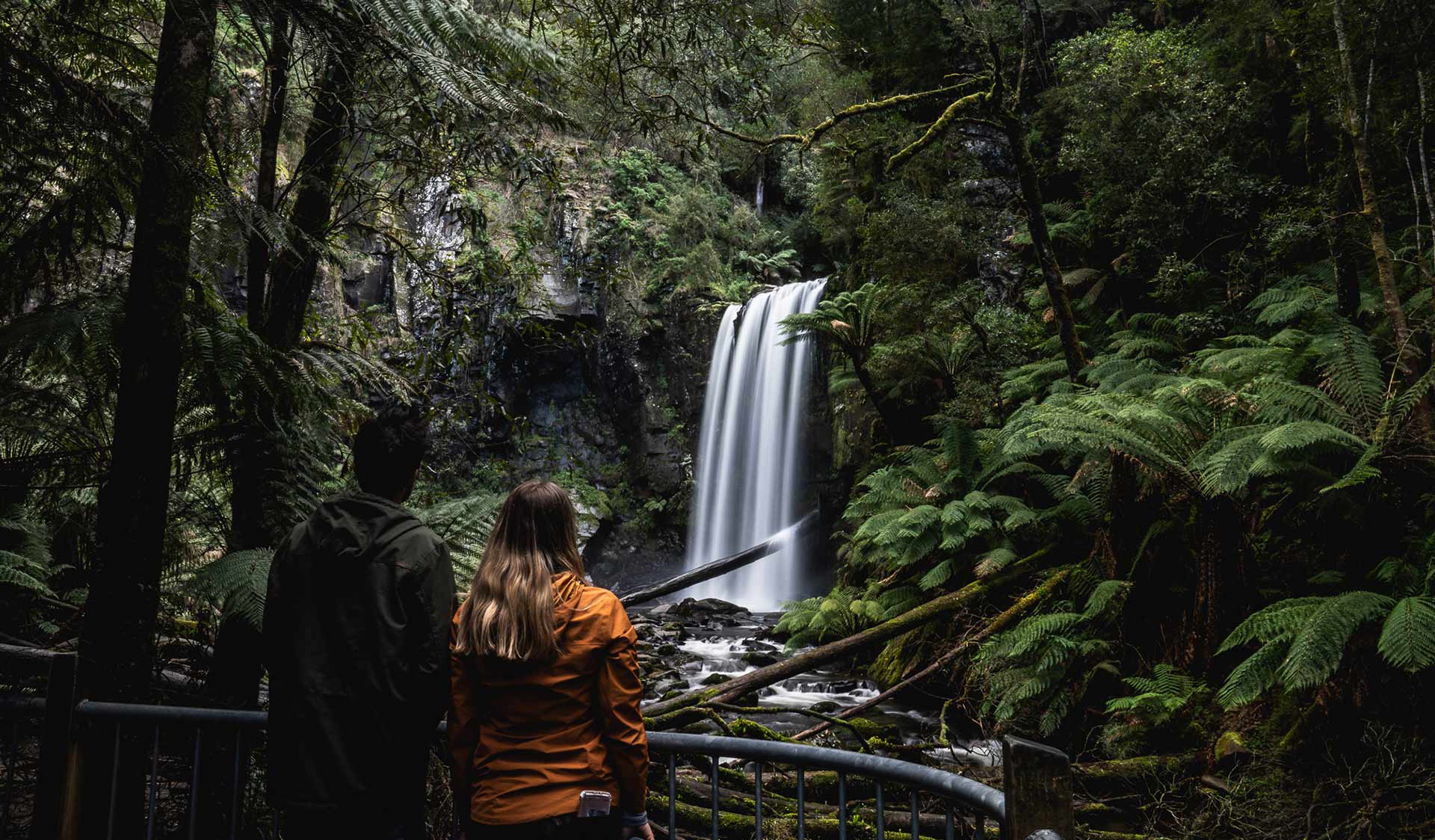12 best Victoria national parks to visit in 2025
Is one of your New Year’s resolutions to explore more of Victoria? If not, it should be. With stunning natural beauty, rich cultural heritage, and diverse landscapes, there's many places to connect with nature, all year round.
To inspire your 2025 travel plans, we’ve handpicked the best national parks to visit each month, from mountain peaks to pink lakes, to tall forests and coastal retreats.
Whether you’re seeking adventure, relaxation, or a deeper connection with nature, this guide will help you set your travel plans for 2025.
1. January – Alpine National Park
Why visit? Escape the summer crowds and heat and explore grassy high plains and mountain peaks.
Start the year off by exploring Victoria’s biggest national park. Alpine National Park stretches from central Gippsland to the New South Wales border where it adjoins Kosciuszko National Park.
The mild summer temperatures in Alpine National Park's high altitudes make for great hiking, horse riding, and four-wheel driving conditions. It’s also a hotspot for summer wildflowers.
Hike Victoria’s highest mountain ranges, tackle the Falls to Hotham Alpine Crossing, discover the history and heritage of the High Country along the Wonnangatta Icon Drive, see Victoria’s tallest waterfall, or take a white-water rafting trip down the Mitta Mitta River.
Alpine National Park is part of an Aboriginal cultural landscape that includes traditional Country of the Taungurung and Gunaikurnai Peoples.
Distance from Melbourne: 5 hours / 390-500 kilometers north-east of Melbourne.
Explore more: Alpine National Park.
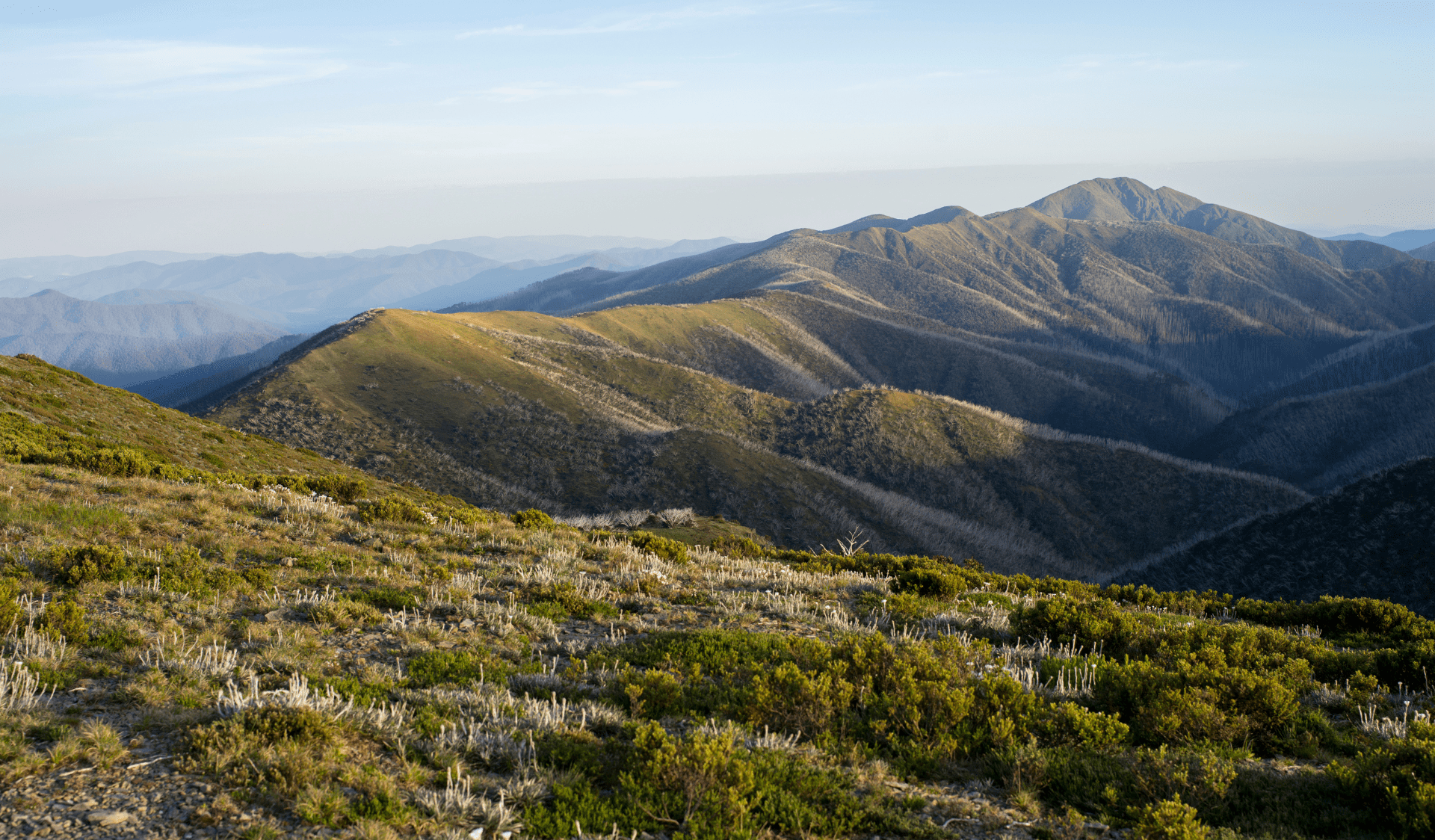
Alpine National Park. Image: Visit Victoria.
2. February – Tarra-Bulga National Park
Why visit? Keep cool under grand canopies and giant ferns.
Hidden in the Strzelecki Ranges, Tarra-Bulga National Park is cool and shaded with lush fern-filled gullies, giant Mountain Ash and ancient Myrtle Beech. Even on the hottest February days, it's a great place to escape the heat.
Start your visit at the Tarra-Bulga Visitor Centre in Balook to find information about the park and learn stories about its people, including its significance to Gunaikurnai Traditional Owners due to its remarkable Aboriginal cultural heritage.
Stroll along one of the many nature walks, walk the Corrigan Suspension Bridge, go birdwatching and spot over 100 bird species, or picnic beside a shady fern-lined creek.
Tarra-Bulga National Park on Brataualung Country is highly significant to Gunaikurnai Traditional Owners due to its remarkable Aboriginal cultural heritage.
Distance from Melbourne: 2.5 hours / 190 kilometers east of Melbourne.
Explore more: Tarra-Bulga National Park.
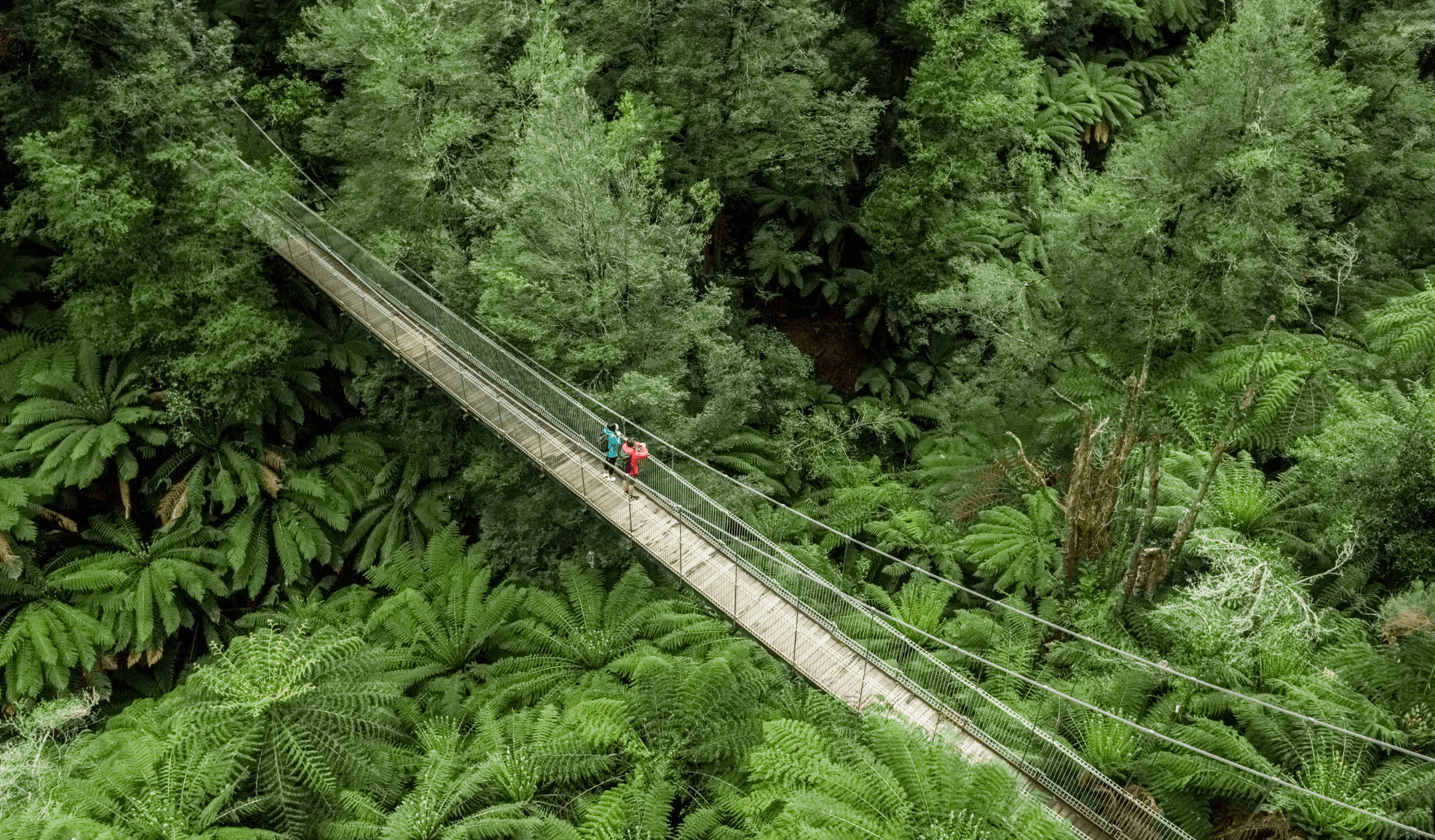
Corrigan Suspension Bridge, Tarra-Bulga National Park. Image: Visit Victoria.
3. March – Point Nepean National Park
Why visit? Stay within a rugged coastal landscape, rich in history.
The history of Point Nepean National Park spans back thousands of years to the Bunurong people. It has also played an important role in shaping the early European settlement and in the defence of Australia.
Post-summer, March is the perfect time of year to walk or cycle through this rugged coastal landscape and enjoy panoramic ocean and bay views. You can explore Fort Nepean and learn about the people who passed through the Quarantine Station.
There’s so much to see, you’ll want to explore for a few days. You can stay within the idyllic coastal park at the pre-pitched Discovery Tents (bookings required).
Point Nepean National Park is part of an Aboriginal cultural landscape in the traditional Country of the Bunurong People.
Distance from Melbourne: 1.5 hours / 110 kilometers south of Melbourne.
Explore more: Point Nepean National Park.
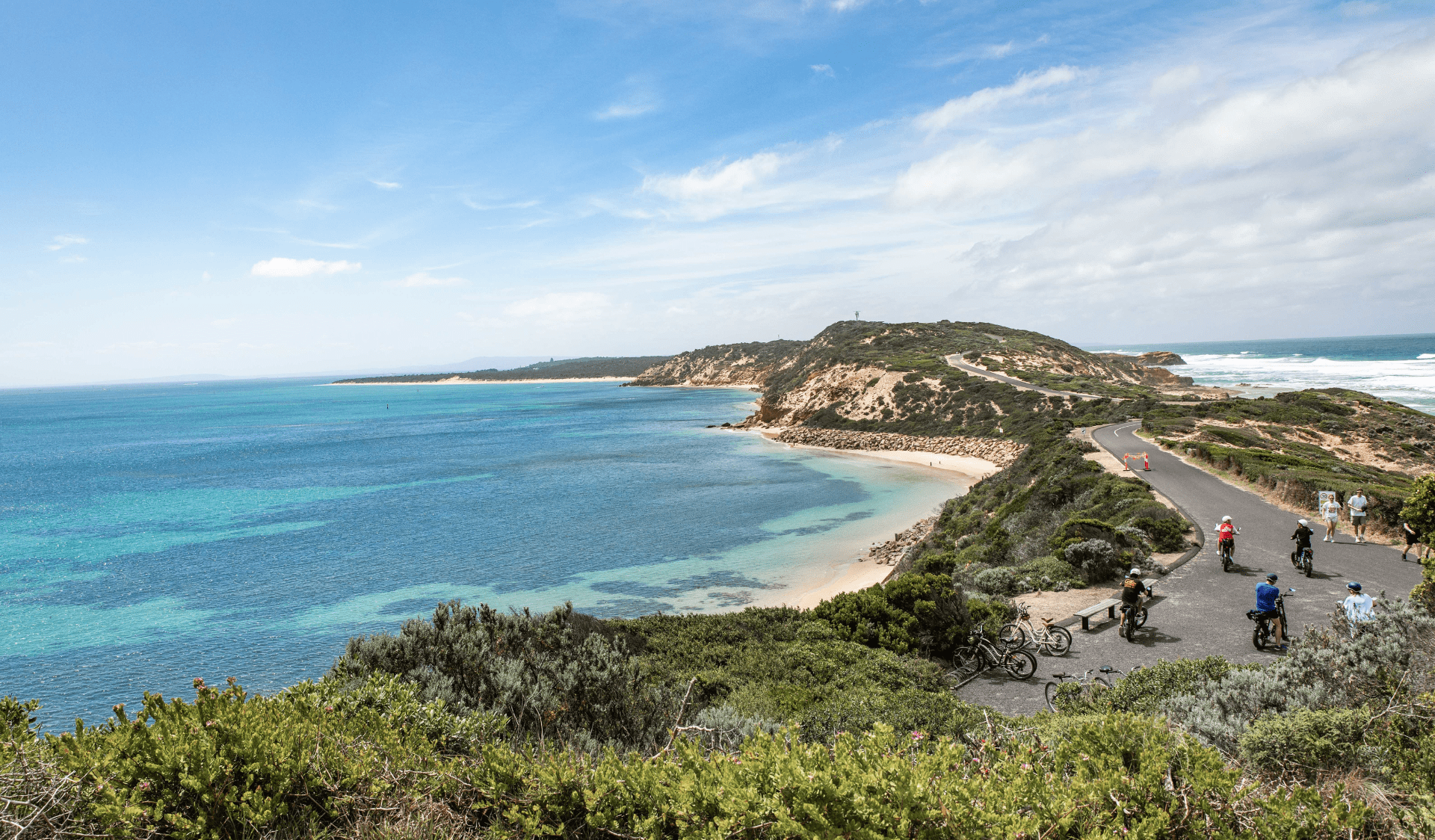
Point Nepean National Park
4. April – Brisbane Ranges National Park
Why visit? See an abundance of native species just over an hour from Melbourne.
Brisbane Ranges National Park offers excellent opportunities for bushwalking, camping, scenic drives and picnicking – April's cooler autumn days are particularly ideal for exploring the park on foot.
The Ted Erry Nature Circuit (8km, 3 hours return) is the perfect loop walk. Keep an eye out for echidnas, wallabies, and koalas as well as flowering plants, such as Twisted Beard heath, Common Heath, and the Autumn Bird Orchid.
There are also 170 species of native birds recorded in the park. Look out for the Yellow‐tufted Honeyeater and the nocturnally active, White‐throated Nightjar.
Brisbane Ranges National Park is part of the Aboriginal cultural landscape and is the traditional lands of the Wadawurrung People.
Distance from Melbourne: 1.5 hours / 80 kilometers west of Melbourne.
Explore more: Brisbane Ranges National Park.
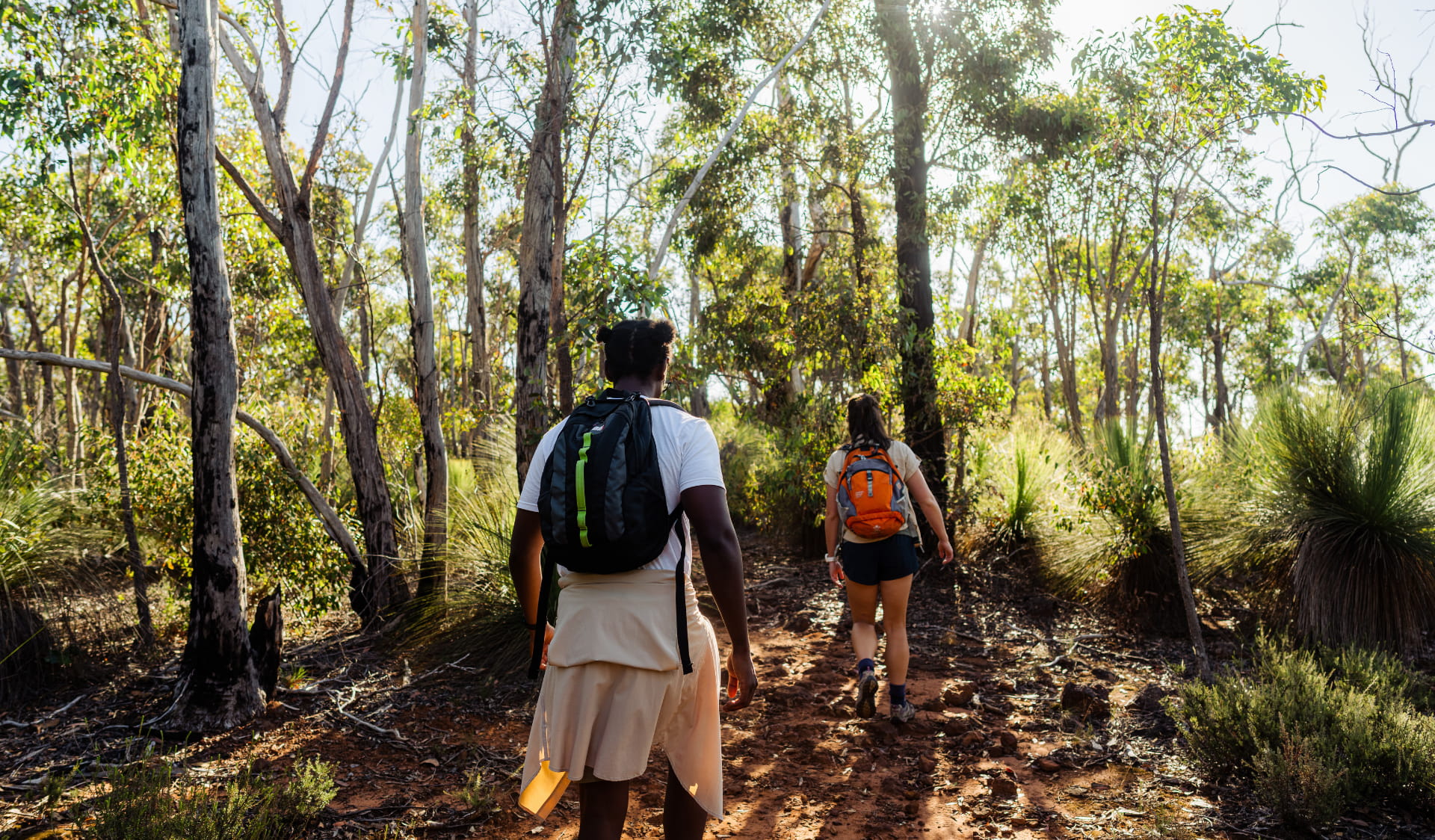
Brisbane Ranges National Park. Image: Visit Victoria.
5. May – Dandenong Ranges National Park
Why visit? Experience an autumnal display on Melbourne's doorstep.
Dandenong Ranges National Park is only a short trip from Melbourne – but you’ll feel like you’re in another world entirely. These low-level mountains are a plant lover’s paradise with a cool climate, high rainfall, and rich volcanic soils.
In May, you can enjoy the vibrant changing leaves of the national park and surrounding gardens. Some of the most spectacular include the Dandenong Ranges Botanic Garden, Chelsea Australian Garden at Olinda, Alfred Nicholas Memorial Garden and Pirianda Garden.
Read more: Dandenong Ranges Garden Itinerary.
Dandenong Ranges National Park is part of an Aboriginal cultural landscape in the traditional Country of the Wurundjeri People.
Distance from Melbourne: 1 hour / 40 kilometers east of Melbourne.
Explore more: Dandenong Ranges National Park.
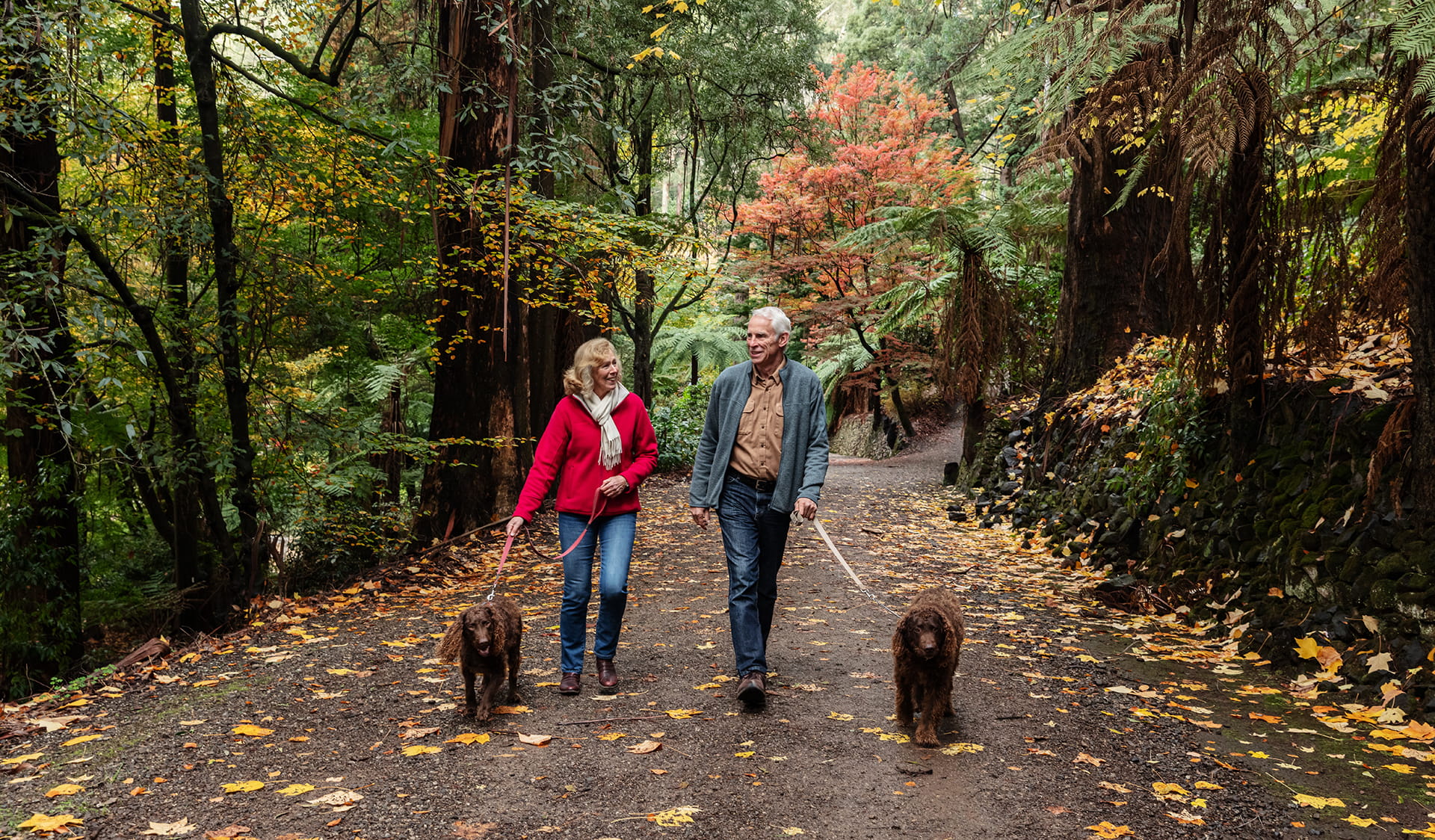
Alfred Nicholas Memorial Garden, Dandenong Ranges National Park
6. June – Murray-Sunset National Park
Why visit? See the world-famous Pink Lakes at their fullest.
Murray-Sunset National Park is one of the few remaining semi-arid regions in the world where the environment is relatively untouched. Its vast, isolated landscapes are well worth the effort to explore – expect breathtaking sunsets and expansive starry nights.
The four picturesque Pink Lakes – Crosbie, Becking, Kenyon and Hardy – are named because of their colour after winter and spring rains. By visiting in June, you’ll likely get the chance to see the famous lakes at their fullest, when the colour is the most vibrant.
Murray-Sunset National Park is part of an Aboriginal cultural landscape that includes traditional Country of the Latji Latji, Ngintait and Nyeri Nyeri Peoples.
Distance from Melbourne: 7 hours / 600 kilometers northwest of Melbourne.
Explore more: Murray-Sunset National Park.
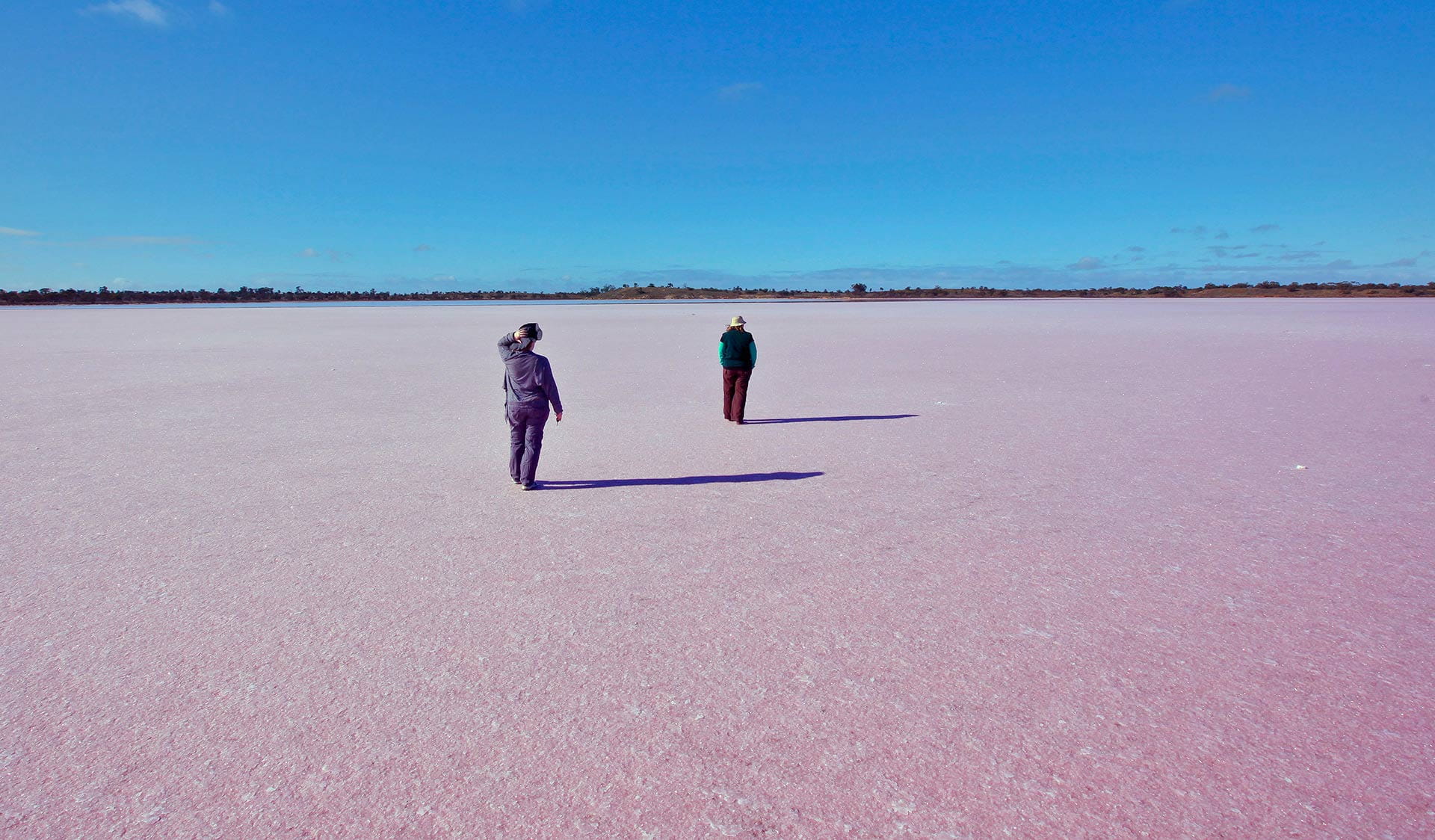
Murray-Sunset National Park
7. July – Mount Buffalo National Park
Why visit? Snow play and toboggan in a winter wonderland.
Crisp fresh air, giant tors, deep gorges, tumbling waterfalls and Snow Gum woodlands – there's something spectacular to see in every season in Mount Buffalo National Park. But, winter is particularly special.
Snow blankets most of the plateau and tobogganing and snow play is possible at Cresta Valley and Dingo Dell.
Take care when driving in winter. Snow chains must be carried and fitted when directed by road signs during the declared snow season.
Parks Victoria respects the deep and continuing connection that Taungurung Traditional Owners have to Mount Buffalo National Park, and we recognise their ongoing role in caring for Country.
Distance from Melbourne: 3.5 hours / 325 kilometers northeast of Melbourne.
Explore more: Mount Buffalo National Park.
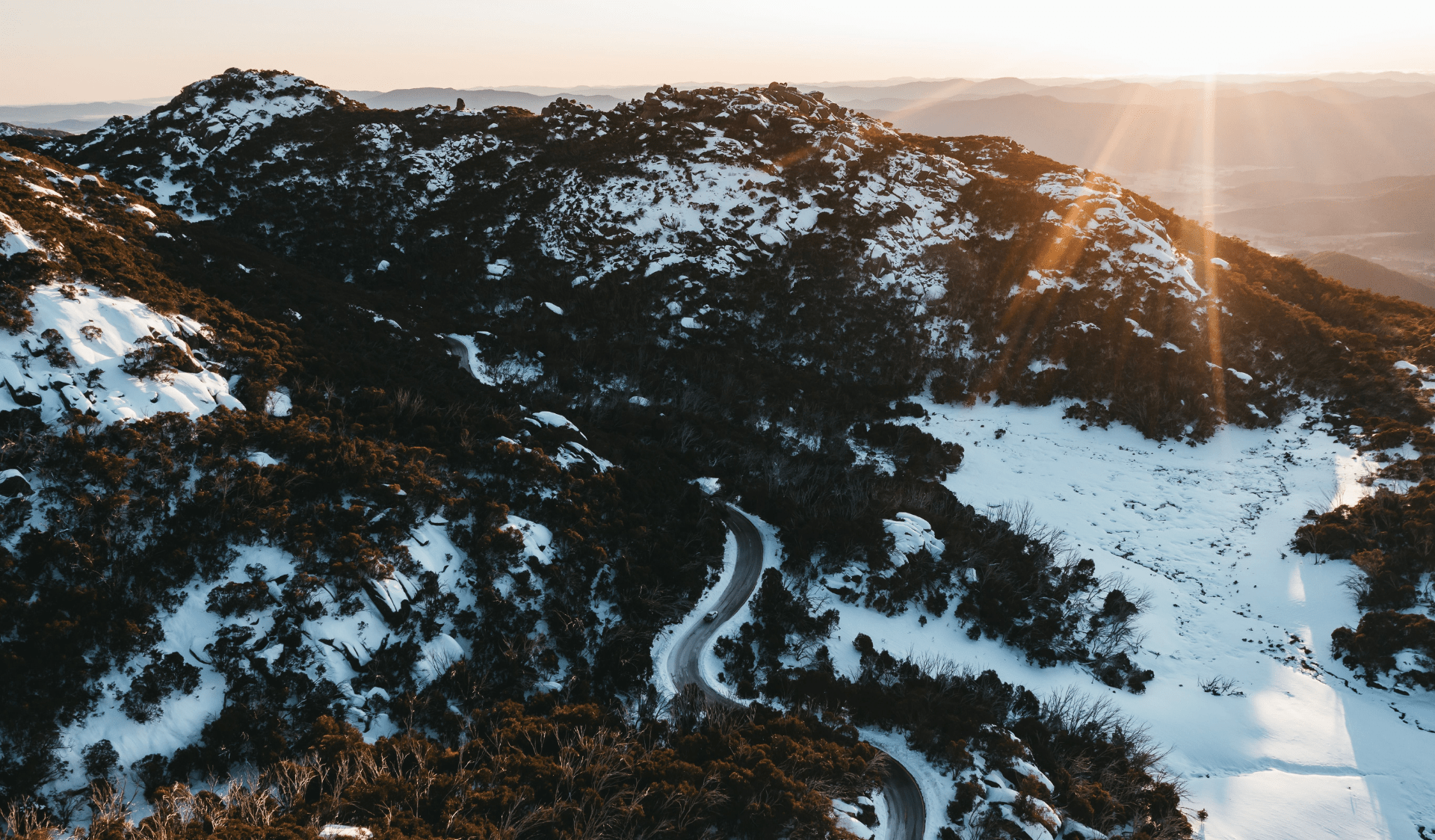
Mount Buffalo National Park. Image: Visit Victoria.
8. August – Wilsons Promontory National Park
Why visit? Have ‘Australia’s best beach’ all to yourself.
Wilsons Promontory National Park is world-renowned for its granite mountains, pristine beaches, and abundant wildlife – and August is the ‘secret season’ to experience the park at its best, and quietest.
With fewer people around, Wilsons Prom's furry and feathery residents become more active. Winter is also the prime time to spot migrating whales along the coastline.
The Prom offers a variety of cosy, heated accommodation options – like huts, cabins, units, and Wilderness Retreats – perfect for a comfortable winter nature getaway.
Wilsons Promontory National Park is part of an Aboriginal cultural landscape. Parks Victoria respects the deep and continuing connection that Traditional Owners have to these lands and waters, and we recognise their ongoing role in caring for Country.
Distance from Melbourne: 3 hours / 200 kilometers southeast of Melbourne.
Explore more: Wilsons Promontory National Park.
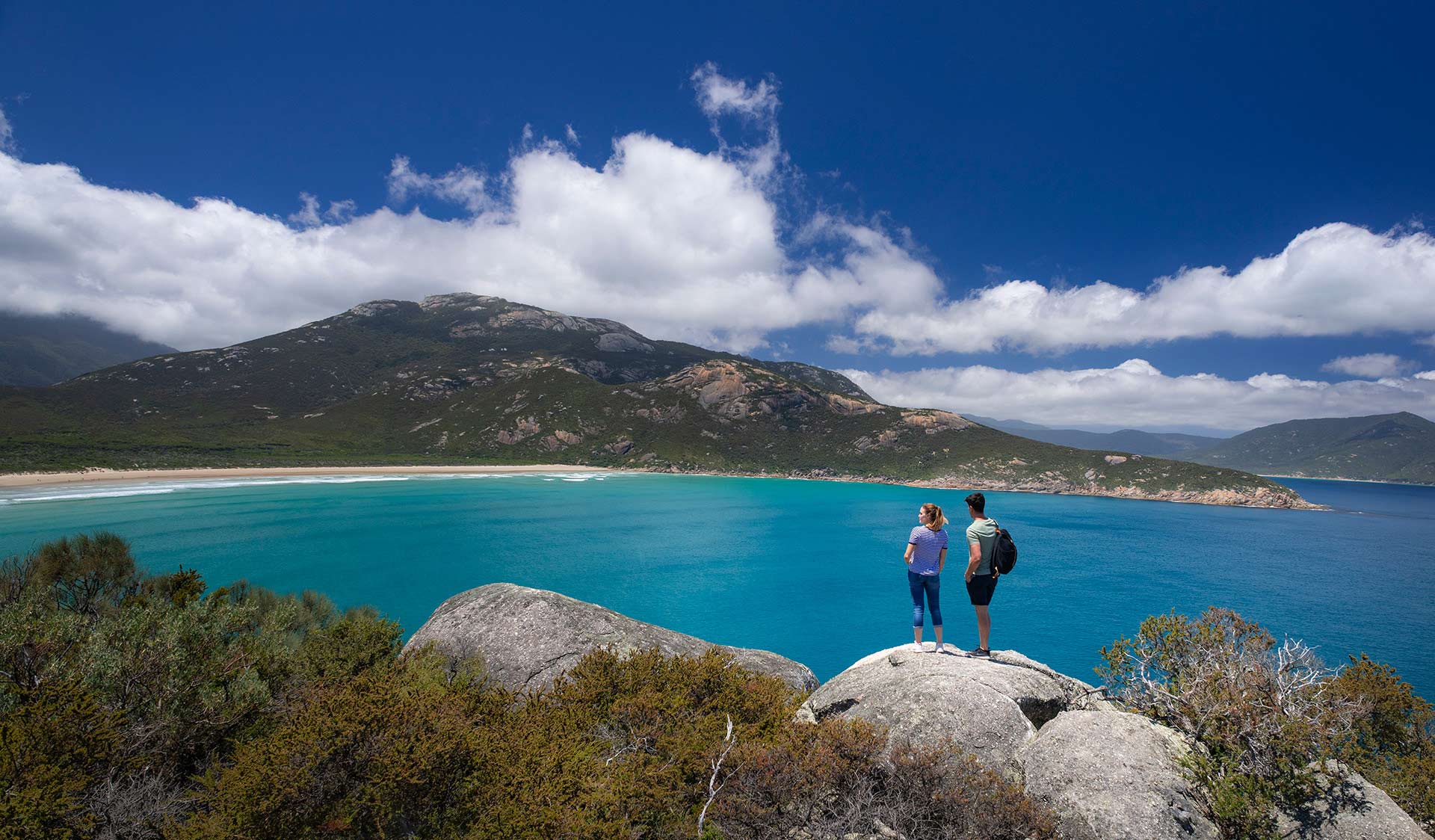
Wilsons Promontory National Park
9. September – Kara Kara National Park
Why visit? See rugged bushland come alive with blossoms and wildflowers.
During spring, wildflowers abound in Kara Kara National Park and its surrounding nature conservation reserves. There are 275 species of native flora recorded in the park across a mix of heathy dry forest and herb-rich woodland.
Adjoining Dalyenong and Mt Bolangum Nature Conservation Reserves and Percydale Historic Area are known for their spectacular spider orchids. All wildflowers are protected; please be very careful when taking photos not to damage any plants.
Kara Kara National Park is part of the traditional lands of the Dja Dja Wurrung and Barengi Gadjin people.
Distance from Melbourne: 3 hours / 200 kilometers northwest of Melbourne.
Explore more: Kara Kara National Park.
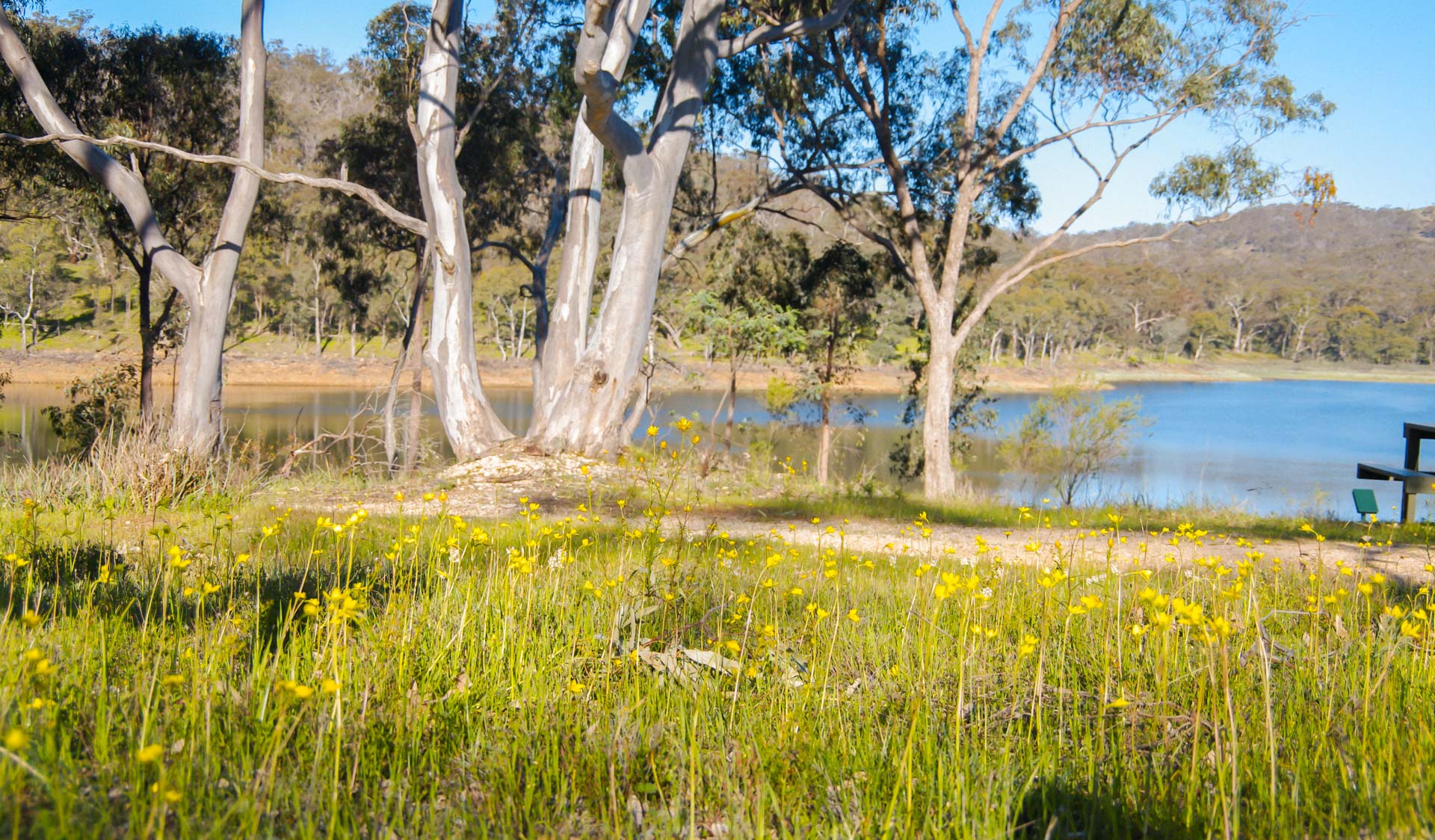
Kara Kara National Park
10. October – Chiltern-Mt Pilot National Park
Why visit? See ironbark trees and wildflowers in full bloom.
Spring in Chiltern-Mt Pilot National Park is the perfect time to experience the 21,636ha park covered in wildflowers. See wattles, orchids, lilies, bush peas and many other native species in full bloom on one of many short or day walks.
Did you know this park contains the highest number of mammal, bird and reptile species recorded at any Box-Ironbark site?
Plan to spend extra time in the regions surrounding the national park to explore the historic towns of Chiltern and Beechworth.
Chiltern-Mt Pilot National Park is part of an Aboriginal cultural landscape that includes the traditional Country of the Yorta Yorta Peoples.
Distance from Melbourne: 3.5 hours / 275 kilometers northeast of Melbourne.
Explore more: Chiltern-Mt Pilot National Park.
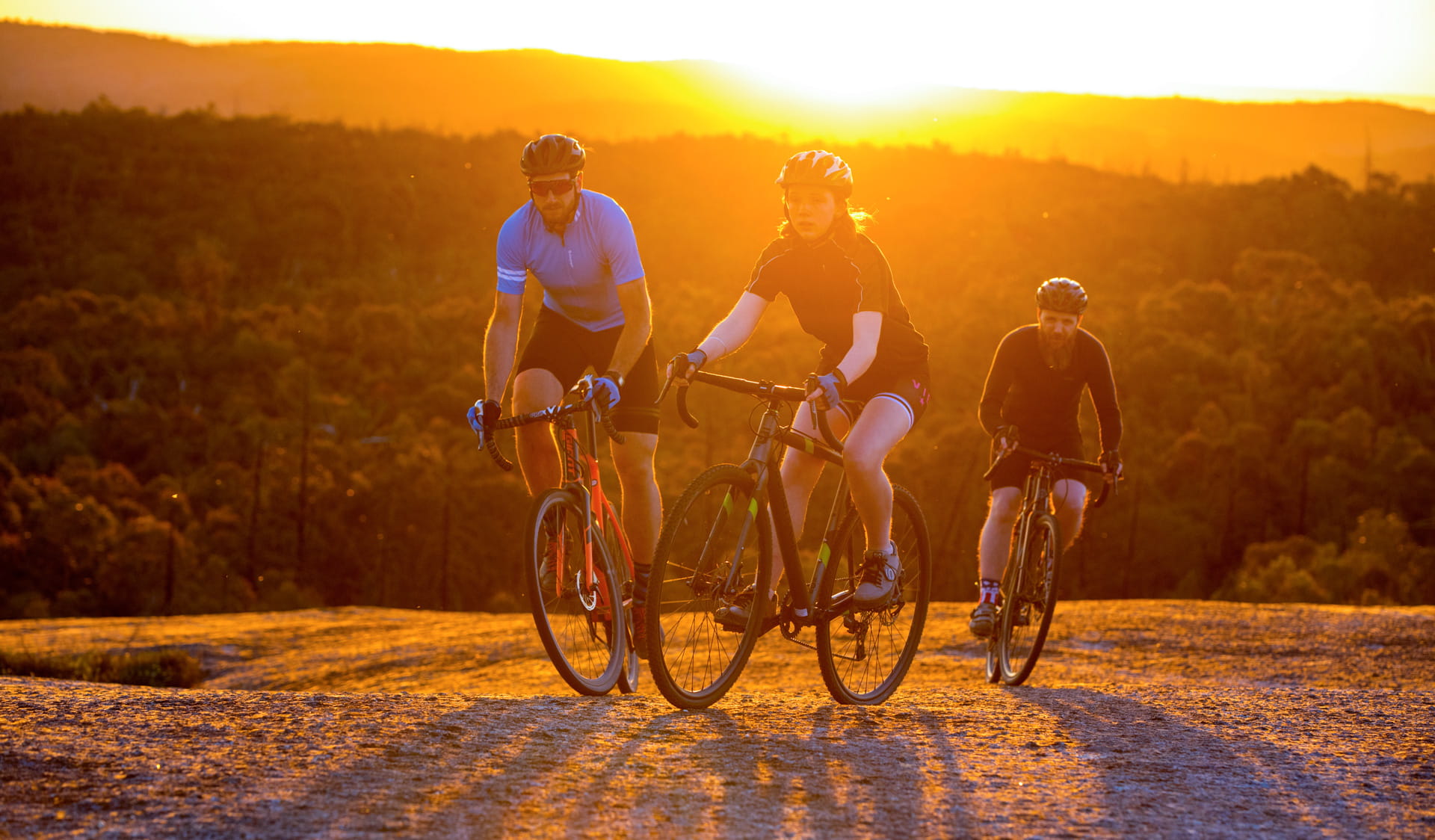
Chiltern-Mt Pilot National Park
11. November – Lower Glenelg National Park
Why visit? Relax riverside or paddle amongst abundant wildlife.
The Glenelg River has carved a spectacular limestone gorge through the heart of Lower Glenelg National Park.
In spring, the landscapes of Lower Glenelg come alive with wildflowers and wildlife. Plus, the extra daylight at this time of year means there’s plenty of time to paddle the Glenelg River Canoe Trail or follow the Great South West Walk.
Camp or picnic along the banks of the Glenelg River – go fishing, canoeing and kayaking in the spectacular gorge surrounded by peaceful forest.
Lower Glenelg National Park is part of an Aboriginal cultural landscape in the traditional Country of the Gunditjmara People.
Distance from Melbourne: 5 hours / 420 kilometers west of Melbourne.
Explore more: Lower Glenelg National Park.
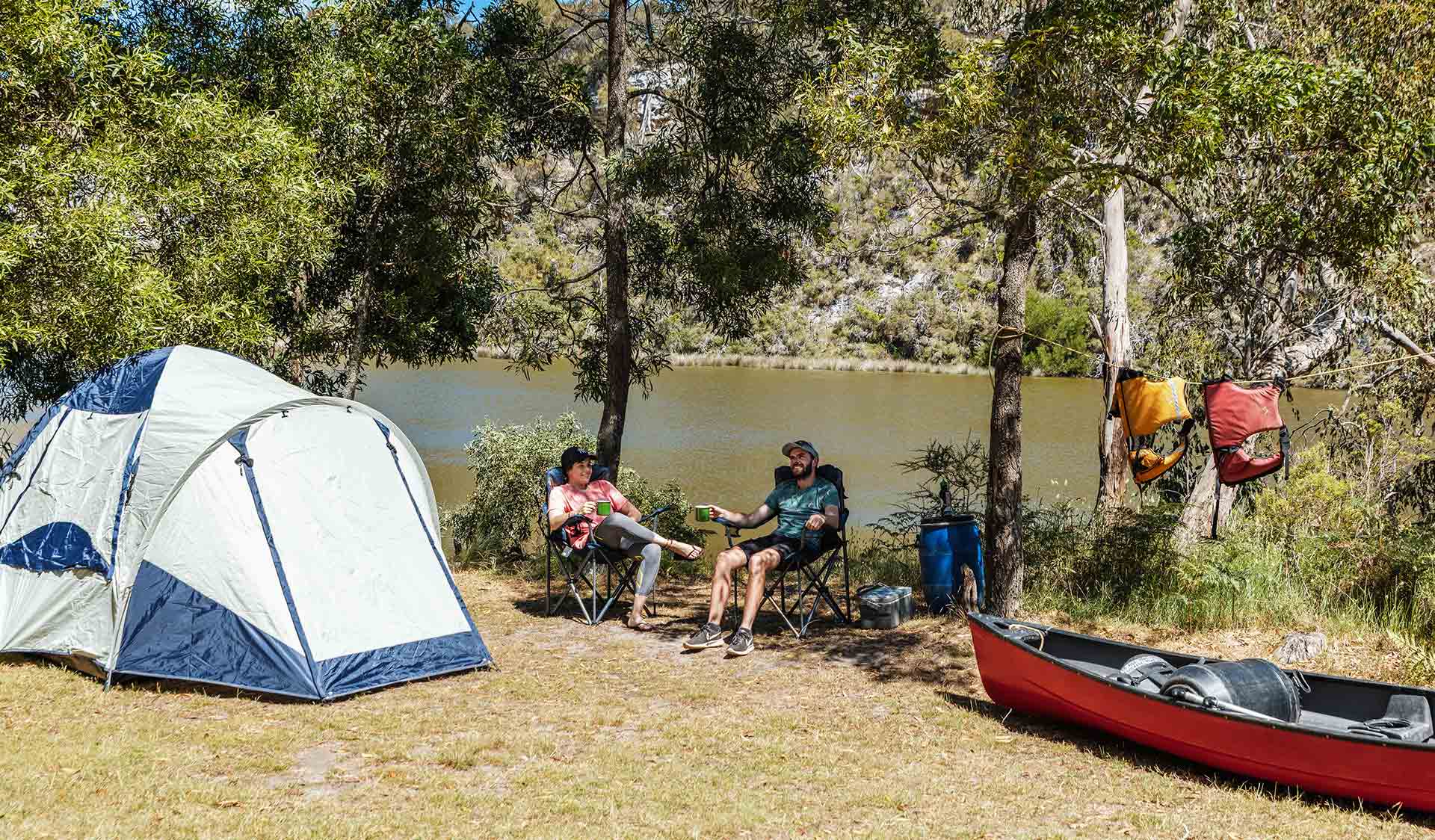
Lower Glenelg National Park
12. December – Port Phillip Heads National Marine Park
Why visit? See Victoria’s abundant sea life, safely.
Port Phillip Heads Marine National Park protects a diverse marine environment including colourful sponge gardens, tall kelp forests and seagrass beds as well as reef fish, octopus, feather stars, cuttlefish, dolphins and seals.
Just like land-based national parks, marine national parks exist to protect Victoria’s unique and diverse marine ecosystems and the many plants and animals that live in them.
In December, waters are starting to warm, and fish are starting to get more active – making it the perfect time to join a diving, snorkeling, or sea kayaking tour with a Licensed Tour Operator.
Licensed Tour Operators are experts in these activities and will ensure you get the most out of your experience and stay safe while experiencing Victoria’s underwater life.
Port Phillip Heads Marine National Park is part of an Aboriginal cultural landscape in the traditional Sea Country of the Wadawurrung People.
Distance from Melbourne: 1.5 hours / 100 kilometers southwest of Melbourne.
Explore more: Port Phillip Heads Marine National Park.
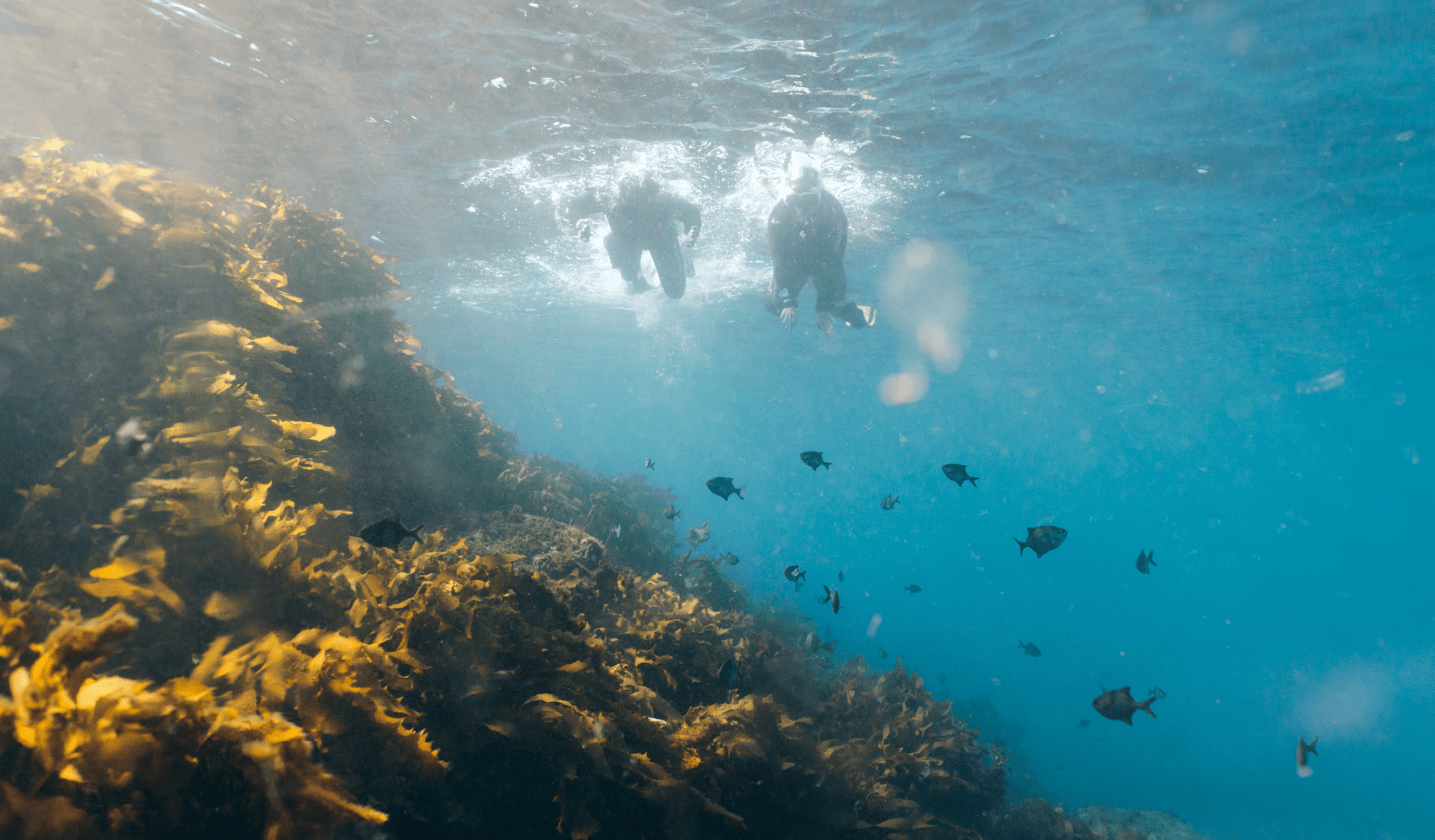
Snorkeling, Port Phillip Heads National Marine Park
Make 2025 the year you explore more of Victoria's stunning natural beauty, rich cultural heritage, and diverse landscapes. For more inspiration, subscribe to our Outdoor Inspiration e-newsletter.
Remember, before you leave home check the Parks Victoria website for the latest park conditions.


